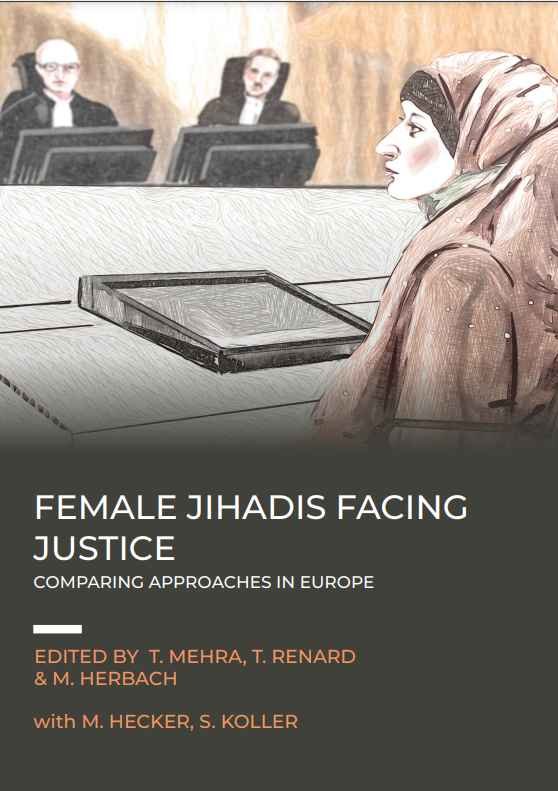By: John Sunday Ojo
This article explores the dominant narrative of ill-governed or ungoverned territories in the northern region of Nigeria where informality and socioeconomic deficit fashioned the mannerism of everyday life. Reconnoitering ungoverned territories, positing that radical jihadist and non-jihadist movements and criminal-armed groups are ideologically driven by localism and informal networks, particularly in the areas unkempt by the state. The paper interrogates to what extent ungoverned spaces embolden the recruitment of criminal and terrorist groups in northern Nigeria. It explains the complex security paradoxes confronting the Nigerian state, it analyses the Boko Haram insurgency, Fulani militancy and banditry within the context of ungoverned spaces that continuously breed terrorist organizations, and criminal networks, that pose an enormous risk to human security. It adopts a qualitative approach and spatial network analysis using Geographical Information System (GIS). The paper argues that the primordial negligence of ungoverned areas with limited state surveillance or unharmonized state presence, controlled by informal networks and hybrid arrangements creates an enabling environment for warlordism, religious fanaticism and tribal self-defense forces. It further demonstrates that governance failure in these regions stimulates illegal movement of arms and ammunition, the raw material for bombs, illegal drugs and foreign machines, and becomes abodes for Boko Haram jihadist and non-Boko Haram armed groups. The paper concludes that ungoverned spaces could be morphed into a production site for Weapons of Mass Destruction (WMD) by the terrorists in the near future, thus, until the Nigerian state pays attention to the territories under-governed or poorly governed, it will become difficult to win the war against terrorism, Fulani militancy and banditry through military response. Therefore, good governance that transcends ethnic chauvinism remains a veritable weapon in conquering multilayered security quagmires facing the giant of Africa.
African Security, Volume 13, 2020 - Issue 1
























